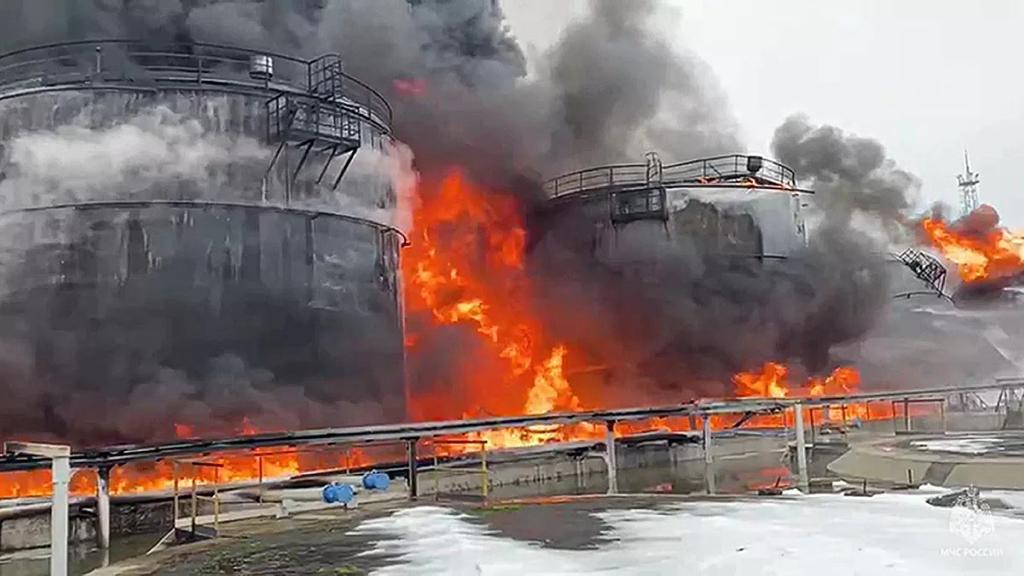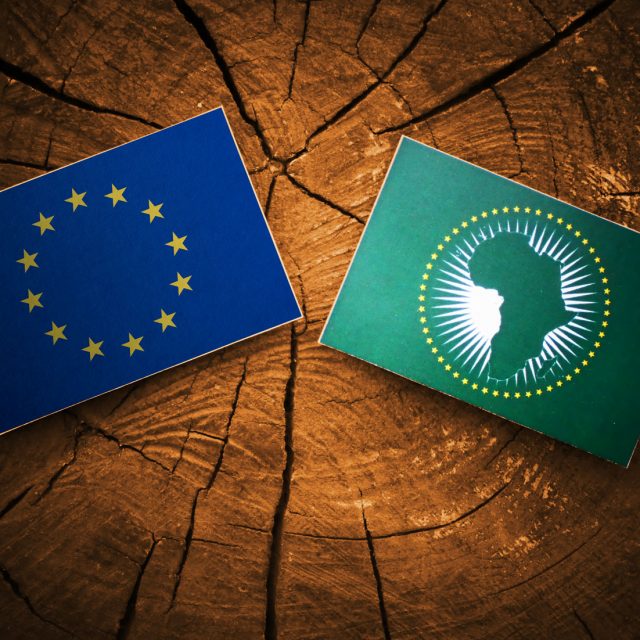The geography of Ukrainian drone strikes on Russian targets is steadily expanding.
Russian air defences are completely ineffective: enemy drones fly unimpeded to their targets anywhere in the European part of Russia, travelling over 1,500 kilometres and destroying Russian infrastructure.
Drone attacks became more frequent in recent months, and in mid-January 2024 began to occur almost daily, attacking specified targets over a vast area from the new regions of the Russian Federation to the Moscow suburbs and St. Petersburg.
On the night of 16 January at least 16 explosions were recorded in Voronezh – the Baltimore military airfield was attacked, on 17 January 4 drones and 7 missiles attacked Belgorod, on 18 January a drone flying towards Moscow was shot down in Podolsk.
On 18 January, Ukrainian drones exploded at an oil depot in St. Petersburg – the Russian Defence Ministry has confirmed this. One of the drones flew over Putin’s palace in Valday.
On the night of 21 January, a drone attack hit the oil terminals of the Russian port of Ust-Luga in the Leningrad Region, where more than 20 categories of cargo are transshipped and further processed. The port is home to the Novaya Gavan terminal, a liquid cargo complex, the NOVATEK Ust-Luga terminal, a universal transhipment complex, a coal terminal and other critical facilities.
On the night of 21 January, Tula was attacked: the Shcheglovsky Val military plant, which produces the Pantsir-S SAM system, came under attack, and two days earlier Ukrainian drones destroyed an oil depot in Klintsy in the Bryansk region. On 25 January, the drone strike caused a severe fire at an oil depot in Tuapse.
The increasing frequency of drone strikes is evidence of a systemic crisis in the Russian Federation, the collapse of the Russian army, whose air defence cannot even shoot down drones. Under sanctions, the destruction of the Russian military, industrial and port infrastructure, combined with the disaster of the Special Military Operation, is likely to have an extremely negative impact on the Russian economy, Russian statehood, and Russian demography.




